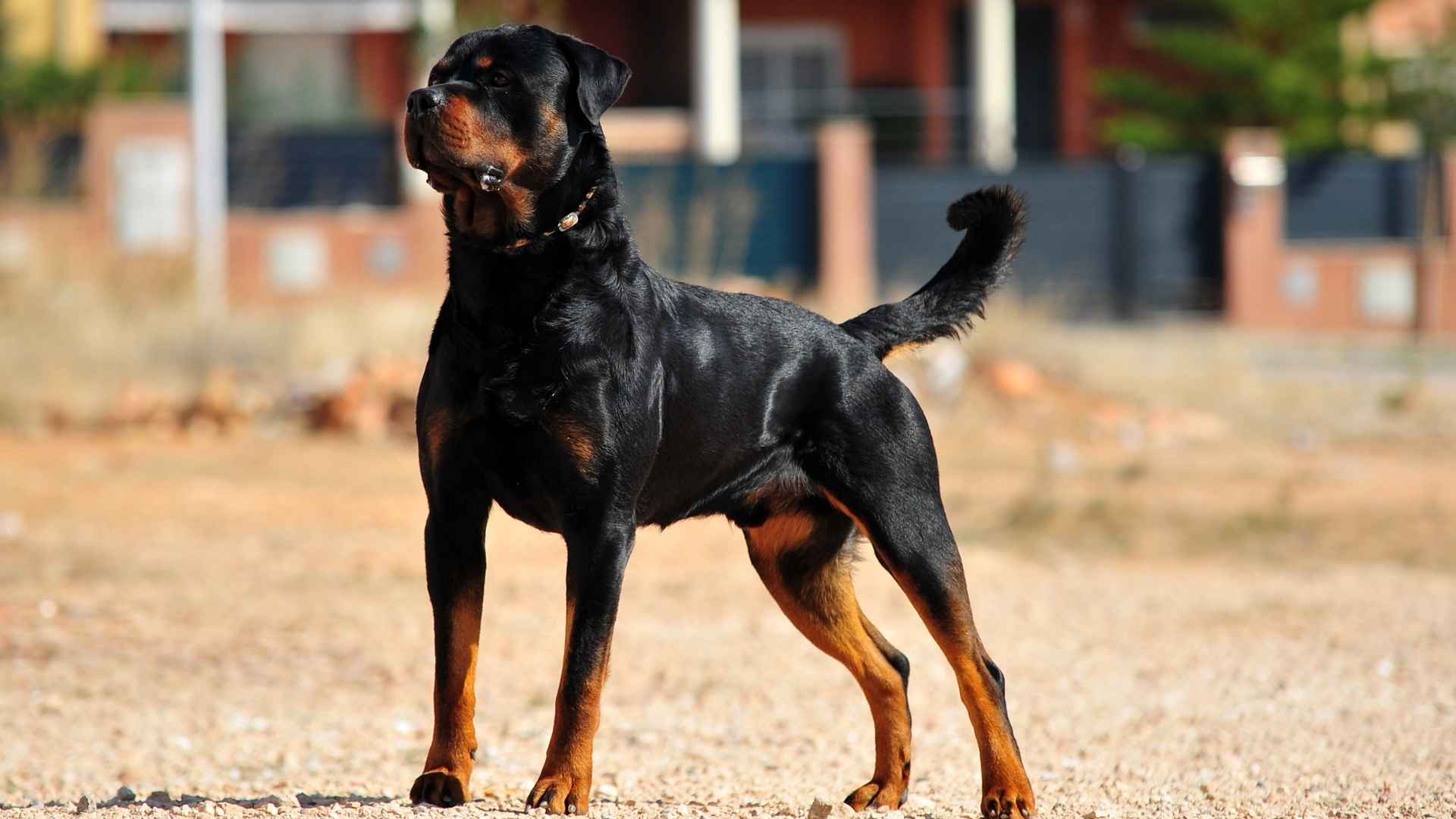As the old saying goes, “Your inner strength is your outer foundation.” In guardian dogs, that foundation often begins at the neck. The muscles that connect the head to the shoulders determine much of a dog’s stability, control, and capacity to hold its ground.
In working history, the dogs that could brace against force and withstand impact were the ones that succeeded in protection roles. Breeds with thick necks carry this legacy in their very build.
It is a feature shaped by need, not ornament, honed through generations of demanding work. In modern times, that strength still commands respect, even when the dog’s role has shifted from field work to family protection.
The next sections outline the breeds that display this trait most prominently, detailing how it benefits their role in guarding and how it reflects the history they were bred.
Dog Breeds With Thickest Necks for Protection
1. Rhodesian Ridgeback
The Rhodesian Ridgeback’s thick, muscular neck gives it an advantage in physically controlling threats. It can restrain or redirect animals by using sheer strength in close contact. This power also supports its confident stance during standoffs with intruders.
Stability During Confrontation
When facing potential danger, the breed’s neck works as a stabilizer, helping maintain balance during sudden lunges or pivots. This allows it to remain firmly planted even against heavier opponents. Such steadiness is vital for guard dogs working in open terrain.
Defensive Endurance
A well-developed neck supports better breathing during high-energy pursuits, reducing fatigue in long chases. This endurance was valued when they were originally bred for hunting large game. The structure still benefits modern Ridgebacks in demanding protective roles.
Dominance in Physical Encounters
Among other dogs, the Ridgeback’s neck strength plays a role in social hierarchy, allowing it to hold ground without excessive aggression. Its posture communicates readiness, often deterring challenges before physical action becomes necessary.
2. Cane Corso
The Cane Corso’s broad, muscular neck supports its powerful jaw and head, providing both stability and control in close encounters. This physical build allows it to restrain threats effectively, whether working in security or protecting rural properties.
Force in Confrontation
Neck strength contributes to the breed’s ability to hold position during high-intensity situations. The Cane Corso can absorb force from struggling intruders while maintaining balance, a quality valued in purebred dogs bred for guarding.
Mental and Physical Coordination
As an intelligent dog, the Cane Corso uses quick assessments before reacting physically. This mental sharpness, combined with a strong neck and deep chest, ensures the dog can switch from watchful observation to controlled action in seconds.
Protective Loyalty
A Cane Corso is known as a loyal dog that bonds deeply with its family, using its physical power in defense when required, as per the AKC. Its confident stance and steady presence act as both a deterrent and a protective barrier against potential danger.
3. Bullmastiff
Bullmastiffs carry themselves with calm assurance, rarely acting without purpose. This steady demeanor helps them assess situations before engaging. Once they commit, their heavily muscled neck gives them the power to subdue intruders using body weight and leverage, a build shaped for stopping threats efficiently.
Steady Under Pressure
This breed maintains composure during high-stress encounters, responding only when needed. Such steadiness is crucial when facing aggressive animals or unfamiliar people. Among mastiff breeds, its controlled temperament is one of its most valued traits.
Endurance in Guarding
A thick neck supports its breathing during prolonged guarding shifts, even in physically demanding terrain. This physical capacity pairs well with a natural instinct to patrol boundaries methodically. The combination ensures consistent alertness over long periods.
Family-Oriented Protection
Bullmastiffs are also known as good family dogs, balancing loyalty with a watchful presence. Their protective behavior extends to children and household pets when properly socialized. This makes them adaptable to both home life and active protection work.
4. Great Dane
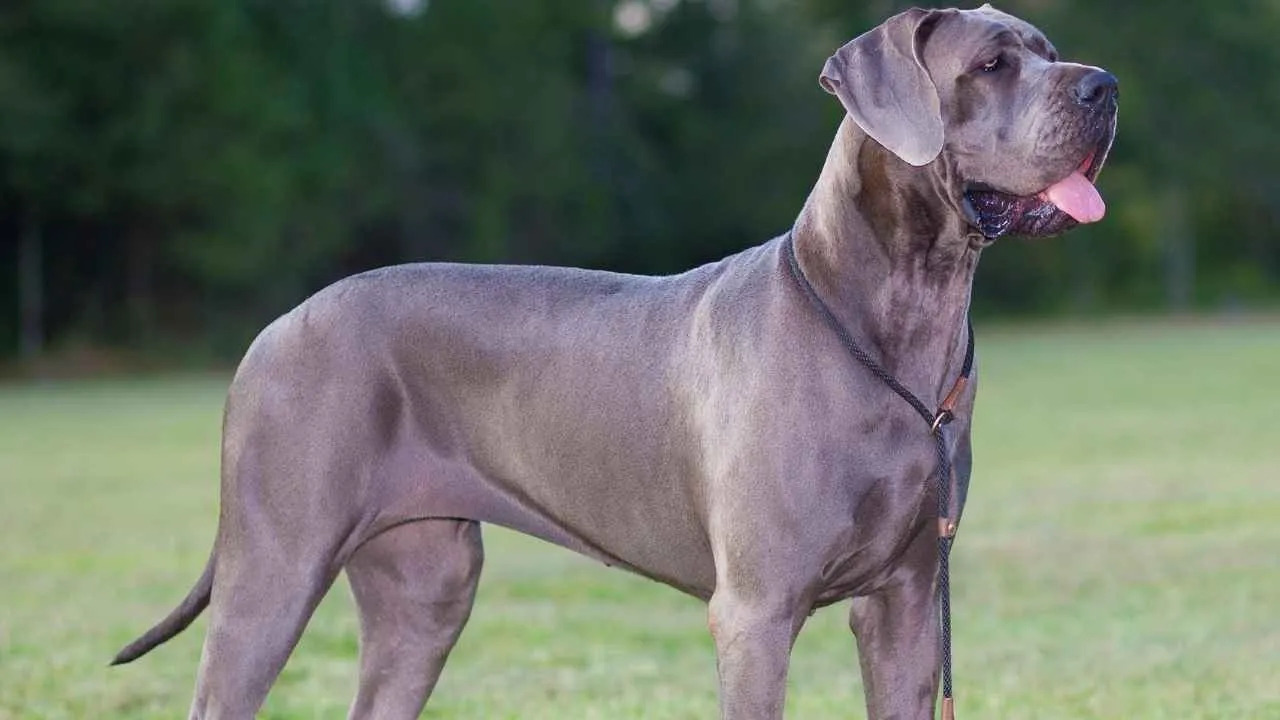
The Great Dane’s thick neck is supported by strong shoulder muscles, giving it stability when restraining or redirecting threats. This structure adds leverage during physical confrontations and allows it to hold a steady position without losing balance.
Size as a Deterrent
Standing over 30 inches tall, this large breed often discourages intruders before direct contact is necessary. Its height and broad neck create an imposing silhouette, useful in protecting property and maintaining clear boundaries.

Protective Instincts at Home
While known as gentle family pets, Great Danes still respond decisively to perceived dangers, as Pawlicy Advisor claims. Their physical presence alone can discourage unwanted approaches toward homes or spaces where humans are nearby.
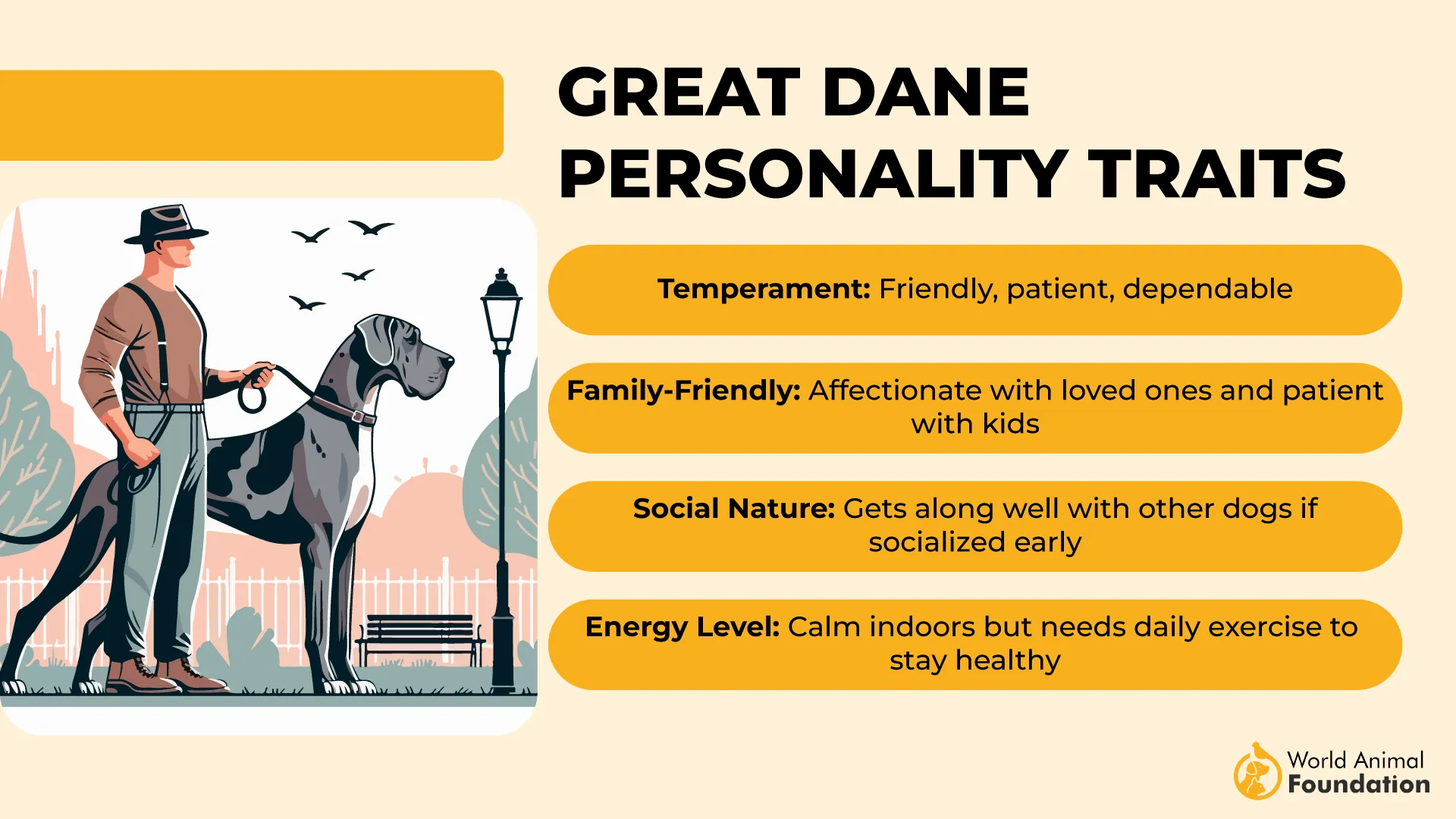
Endurance in Guarding
Though they lack a double coat, their muscular neck and frame support extended periods of alert watch. They are characterized by a calm yet attentive demeanor, and their endurance enables them to be effective in both open spaces and enclosed yards.
5. Rottweiler
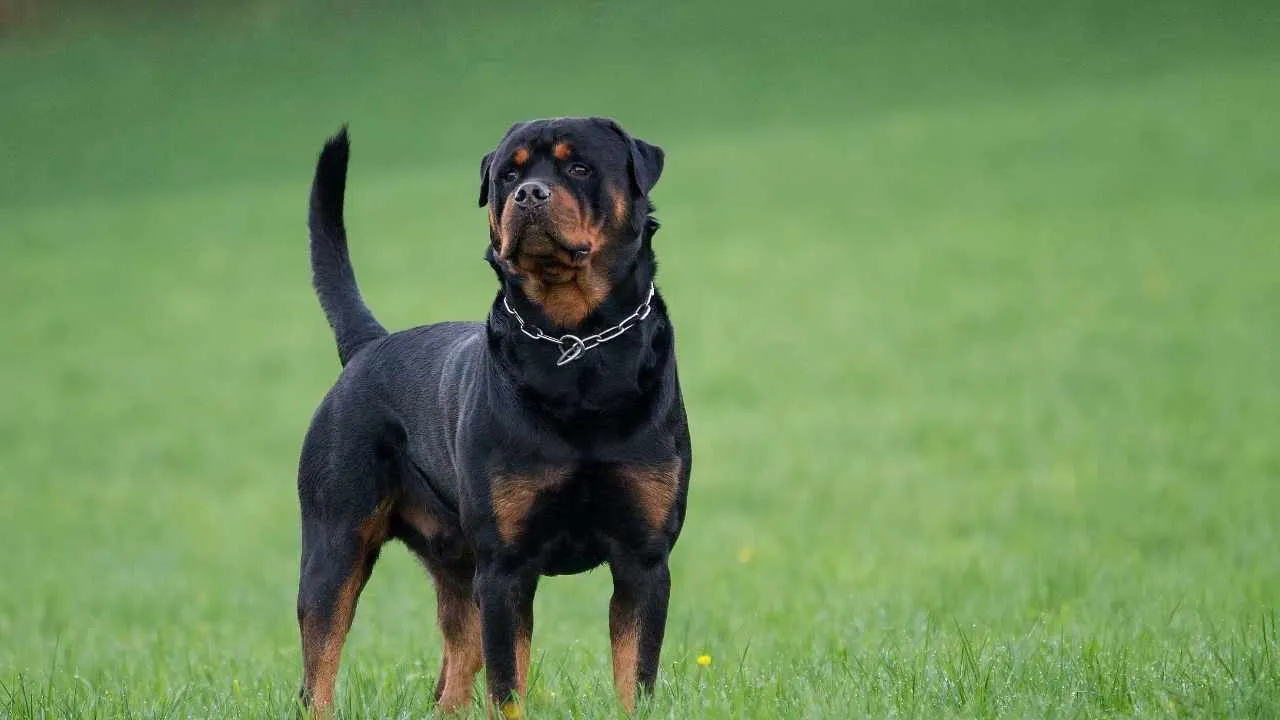
The Rottweiler’s thick, muscular neck allows it to hold back forceful resistance during protection work. This strength is valuable when intercepting fast or aggressive movement, giving it a firm anchor point for control. In real guarding situations, this feature can stop threats before they reach their target.
Stability Under Pressure
Large predators or human intruders require a dog that can stay grounded during physical contact. As one of the most physically balanced big dogs, the Rottweiler uses its neck strength in combination with a solid frame to absorb impact without losing stance.
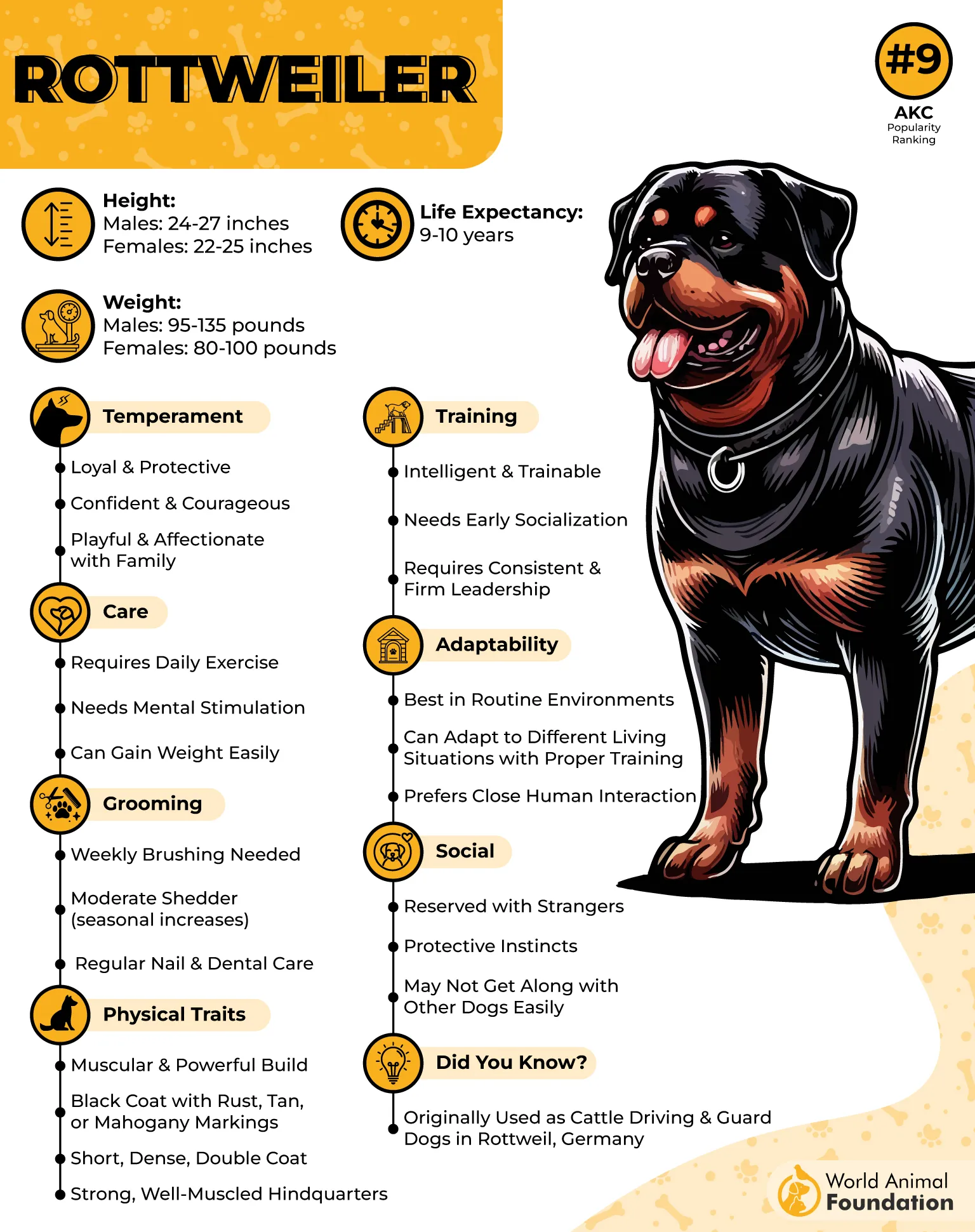
Historical Utility in Guarding
Once used to move and defend livestock from theft or attack, the breed’s physical build supported long hours of patrol. The neck’s power played a role in both holding and redirecting animals. This working heritage continues in modern security and personal protection roles across the world.
Controlled Response to Unknowns
Rottweilers are naturally cautious with strangers, assessing before deciding to act. When required, they can shift from still observation to explosive physical engagement instantly. Their ability to protect while maintaining self-control is a reason they are valued in both home and professional security work.
6. Doberman Pinscher
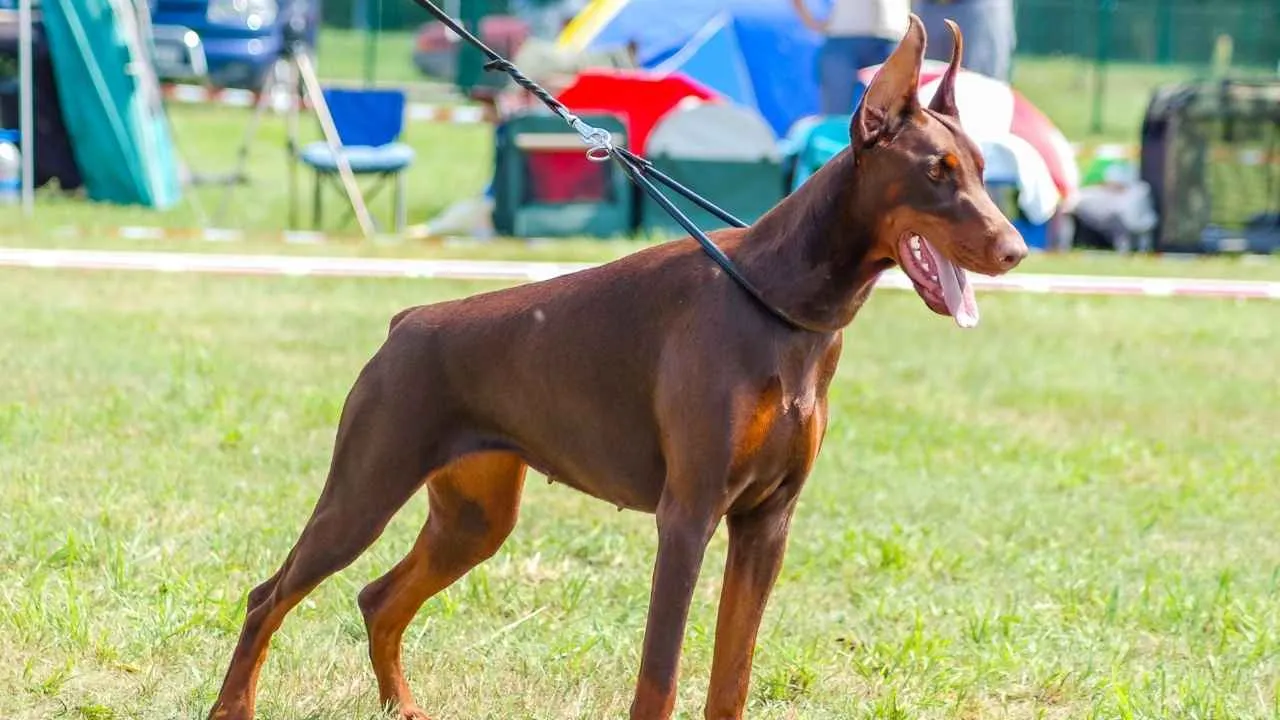
The Doberman Pinscher is recognized for its speed and responsiveness, traits that make it highly effective in security work. Its thick, muscular neck plays a central role in stabilizing the body during sharp turns or quick interceptions.
Stability in Confrontation
During high-intensity encounters, the breed’s neck helps absorb impact from lunges or resistance. This stability prevents loss of footing and enables quick recovery in fast-moving situations. Such physical resilience is one reason the Doberman remains a trusted choice for protection roles.
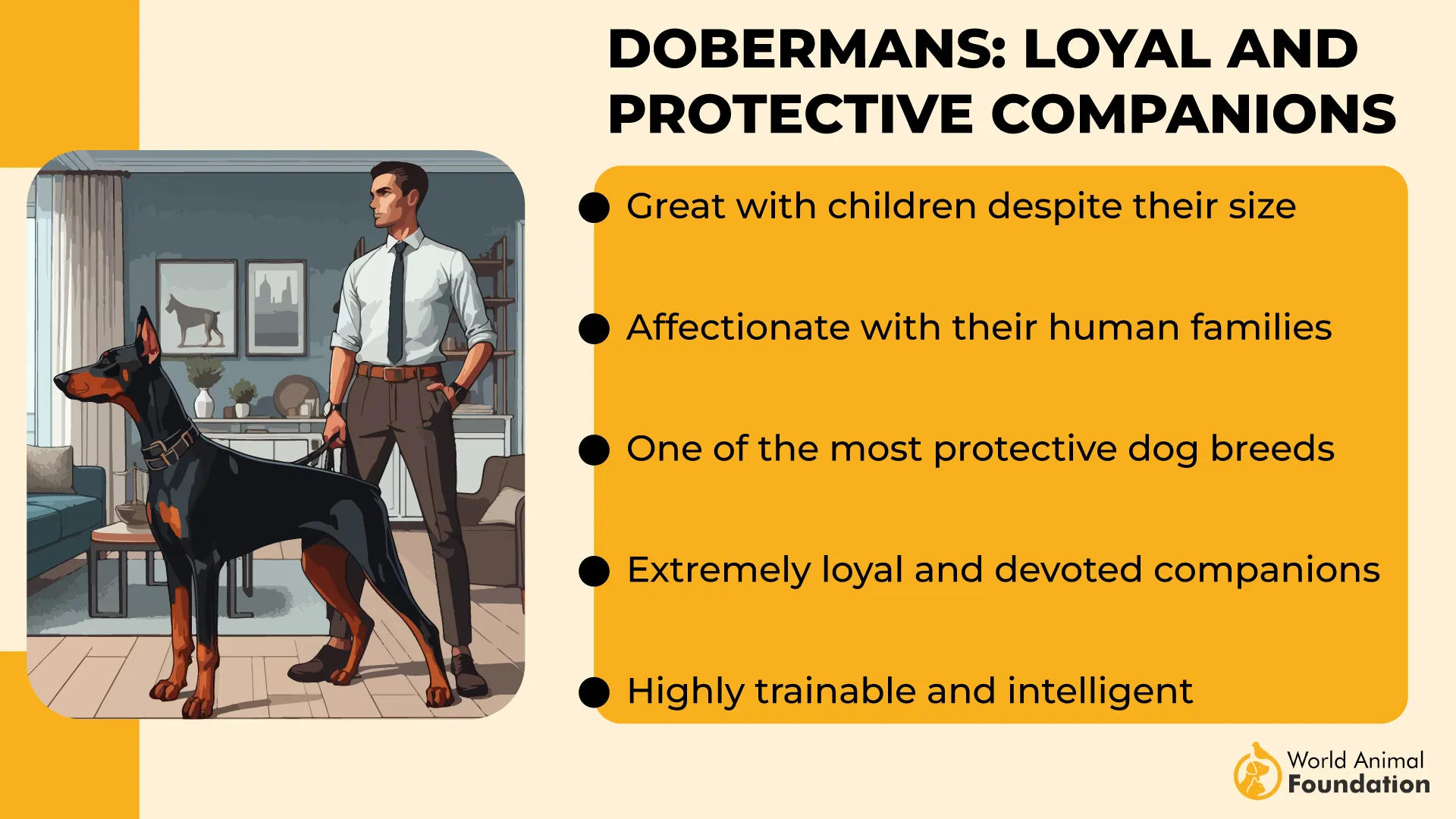
Endurance Under Strain
The thick neck supports breathing efficiency during extended chases or patrol work. This endurance means the breed can sustain a protective stance or pursuit without fatigue setting in too quickly. Its conditioning allows it to stay effective in prolonged security situations.
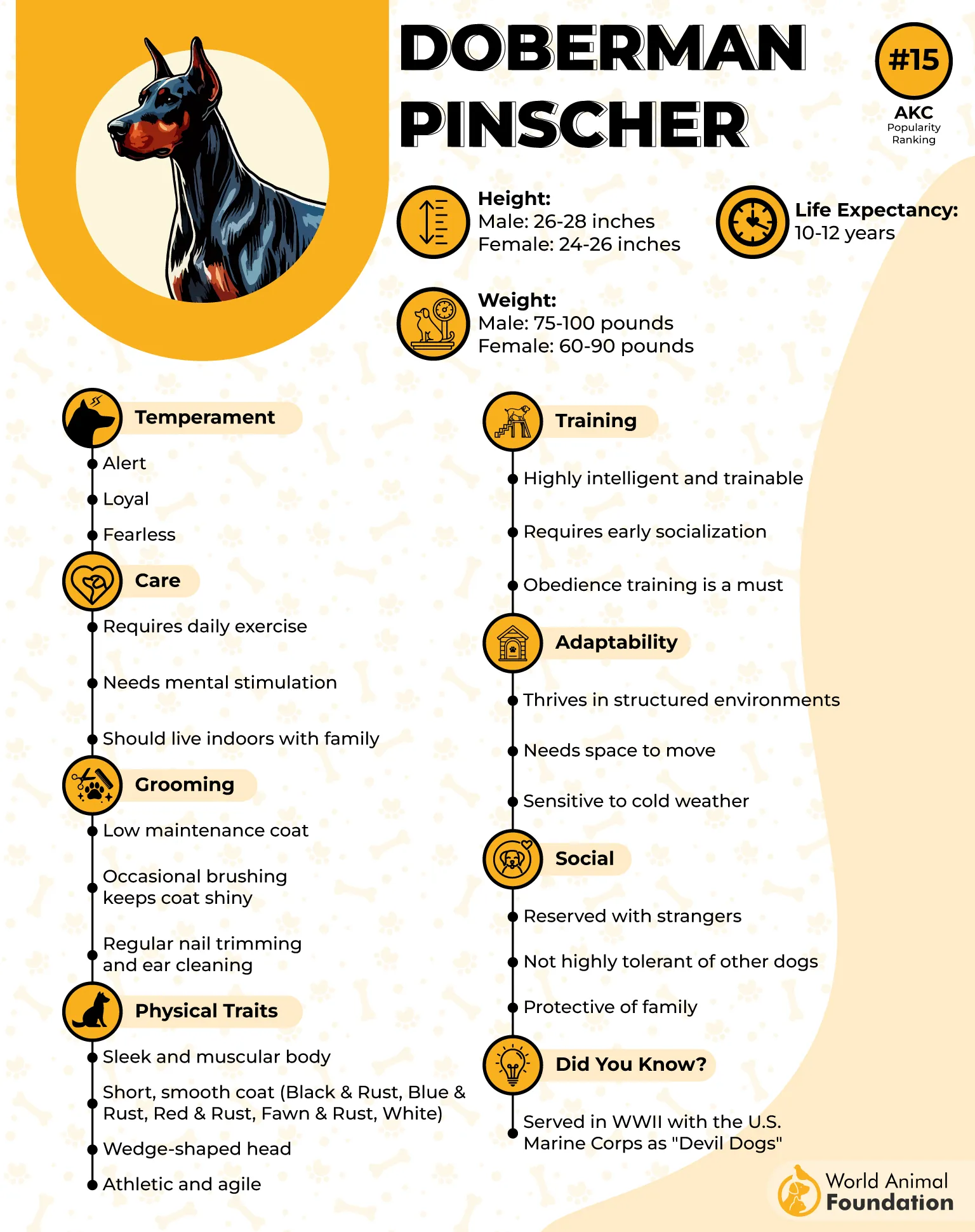
Controlled Force
When engaging, the Doberman uses neck strength to maintain leverage without unnecessary aggression. The breed’s precision in applying force minimizes wasted movement while ensuring a solid grip or block when needed. This control is essential for trained dogs working in security or guard capacities.
7. American Staffordshire Terrier
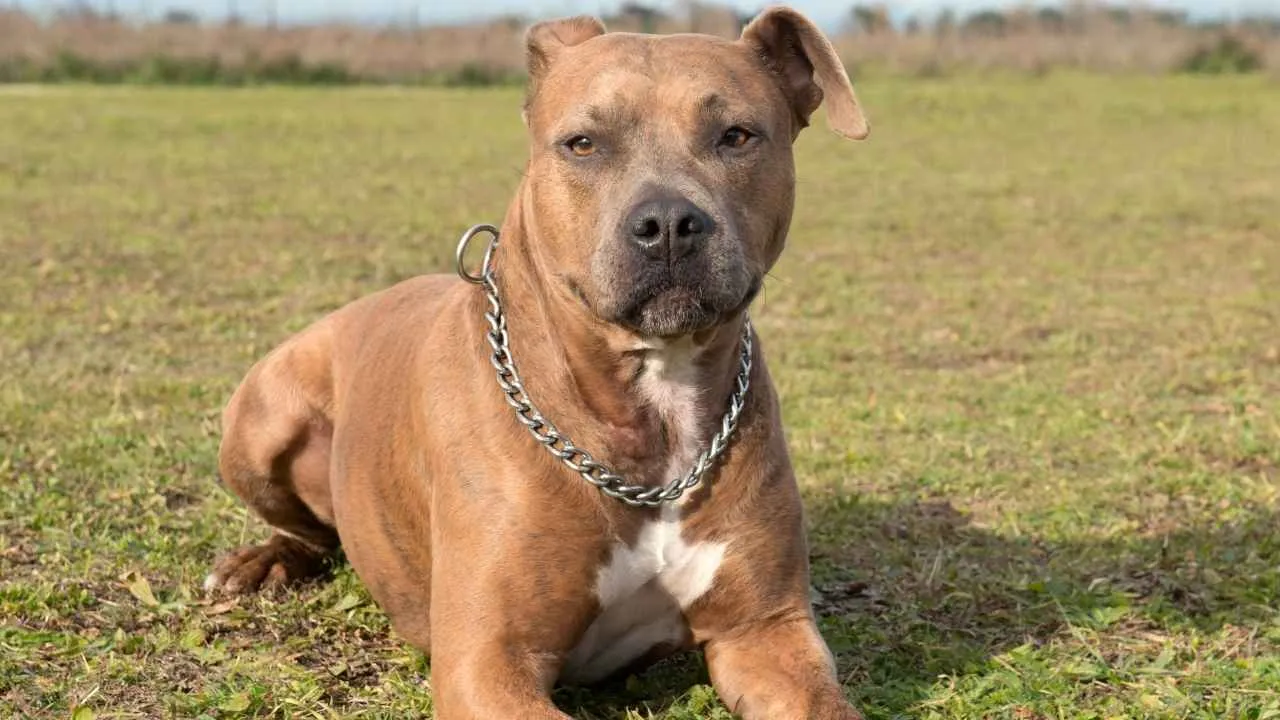
Calm under pressure, the American Staffordshire Terrier remains focused even in tense situations. This composure allows it to channel its physical strength effectively, particularly through the powerful neck and shoulder muscles that provide leverage and control.
Natural Protective Instinct
Known for loyalty and attentiveness, this breed keeps a close watch on its environment. Its thick neck supports quick head movement when scanning or reacting to sudden changes nearby. This readiness is a key trait for a dependable protection dog.
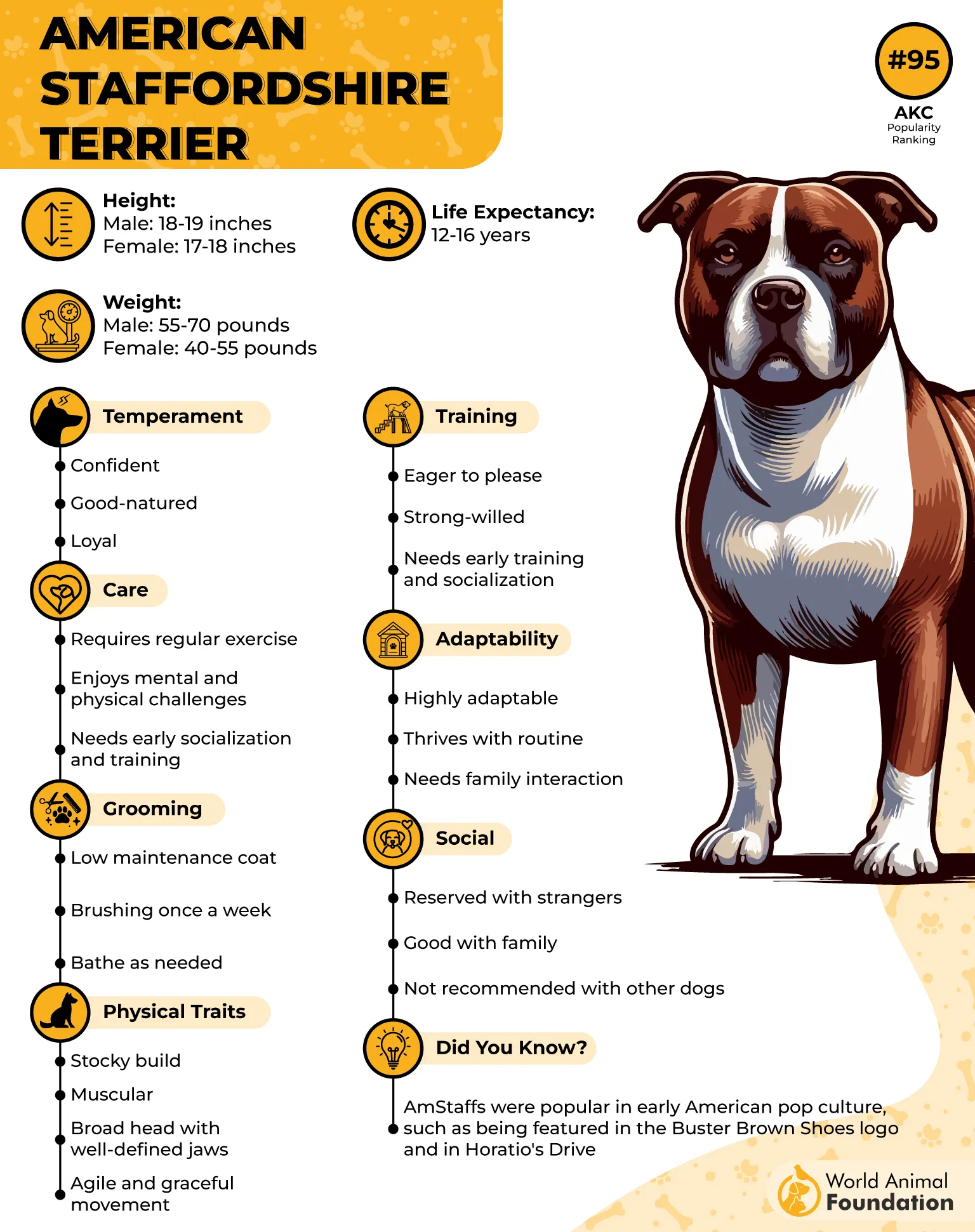
Grip and Leverage Power
A strong neck provides leverage in situations where the dog must restrain or push away an intruder. This anatomical advantage is complemented by a powerful jaw, allowing efficient handling of obstacles or threats. Such physical assets have long been valued by working handlers.
Confident Posture
The neck structure contributes to a forward, confident stance that signals strength to any approaching animal. This visual presence alone can be enough to deter unwanted advances. Combined with calm self-assurance, it allows the breed to manage encounters without unnecessary escalation.
Conclusion
The breeds listed here carry strength in more than appearance. Their necks are built for stability, leverage, and control, qualities shaped by centuries of work. Many once stood against wild animals or worked to guard livestock, and those instincts remain steady today.
Each can serve as a reliable guard dog, able to protect while keeping composure. In the right setting, they adapt well to home life, often proving to be a loyal family dog.
While their presence deters threats, their loyalty and awareness make them great companions for those who value both safety and connection.


